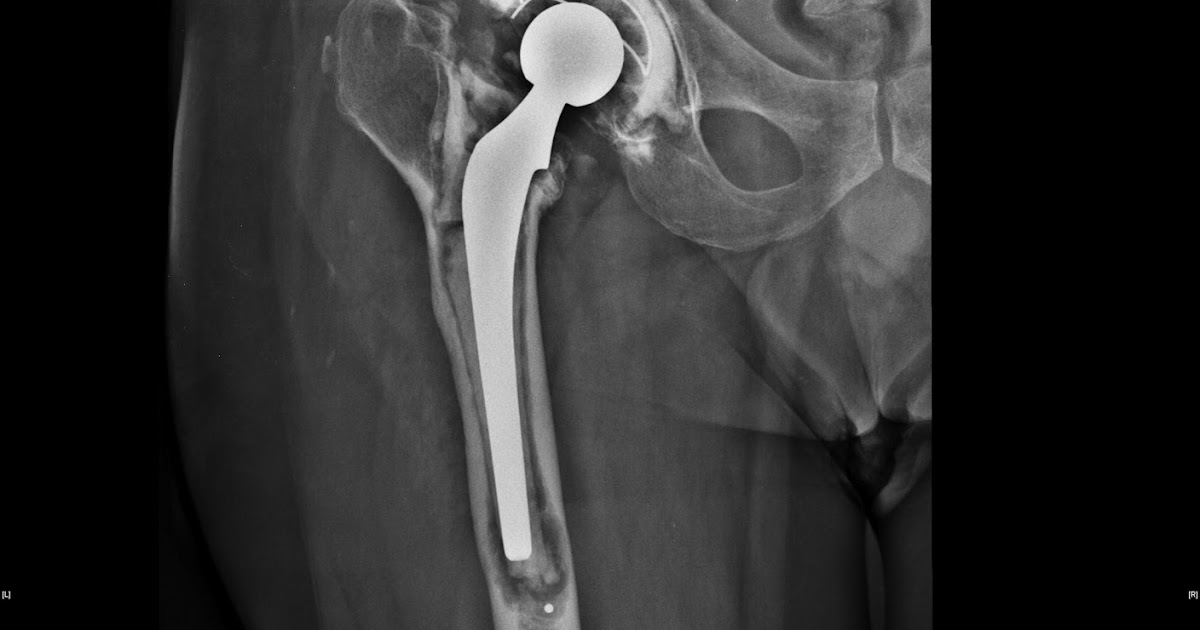Warning Signs Of Osteolysis
Joint replacement with a prosthetic joint, particularly the hip and knee, has revolutionized the treatment of end-stage osteoarthritis. Instead of patients becoming dependent on wheelchairs and other mobility devices, they can be rapidly restored to full and independent function and mobility. However, osteolysis is a troubling condition that affects a considerable number of patients after joint replacement. Osteolysis basically means bone loss around the prosthetic and unless it is caught early and treated, it can lead to serious problems and may require additional surgery for treatment.
Pain With Implant Movement

Osteolysis is currently the most common complication followed joint replacement. Most patients appear to recover well from the surgery, and then over the next few years, bone loss around the implant occurs, leading to what is referred to as 'aseptic loosening,' which is loosening of the implant without any infection. Depending on the joint and the type of prosthetic, osteolysis may affect from thirty to sixty percent of patients in the first ten years after joint replacement. It often requires additional surgery to address the issue.
Most patients with osteolysis don't experience any symptoms, and the condition is only observed on follow-up x-rays. However, some patients experience pain with implant movement as osteolysis progresses. In many cases, the pain is experienced as muscle or joint pain distant from the replaced joint. For example, a loosening hip prosthetic can cause thigh and knee pain as the body tries to compensate for the unstable hip joint.
